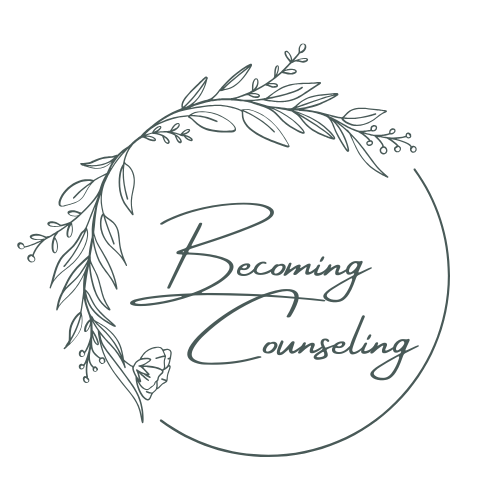Holistic Healing
What Is Holistic Healing—and Why Does It Matter?
In a fast-paced world that often values productivity over presence, it's easy to forget that healing isn’t just about fixing symptoms or chasing a diagnosis. Holistic healing invites us to slow down and listen more deeply—to the body, to the spirit, and to the parts of ourselves we’ve long ignored.
Unlike traditional approaches that may zero in on a problem to be solved, holistic healing is rooted in alignment. It asks not just, "What’s wrong?" but "What needs attention?" and "What is your body trying to tell you?"
Healing That Involves the Whole You
Holistic healing acknowledges that we are not just minds walking around in bodies. We are whole, layered beings. Our physical sensations, emotions, thoughts, and spiritual needs are all connected. When one part is out of sync, it affects the rest.
In my practice, I bring this philosophy into the room through somatic work. That means we don’t only talk about what’s going on—we explore how it feels in your body.
What sensations arise when you speak about a difficult memory? What shifts in your posture, your breath, your energy? That’s where we begin.
Somatic Practices for Embodied Healing
Once we’ve made contact with a feeling or sensation, we stay with it—gently, curiously. This might involve:
Deep breathing or grounding
Gentle movement or stretching
Drumming or rhythm-based activities
Vocal release or sound work
Creating art to give form to a feeling
The goal is not to analyze the feeling away, but to feel it fully—so it can move.
Because when a feeling is acknowledged in the body, without judgment or interruption, it often shifts. It tells its story. And then, in its own time, it lets go.
Slowing Down to Move Forward
Holistic healing asks you to slow down—not to lose momentum, but to find true direction. Instead of focusing solely on what’s broken, we explore what’s trying to realign. What’s asking for your presence, your breath, your creativity?
This work isn’t always linear. It’s not always comfortable. But it is deeply human. And it’s often where true transformation begins.
